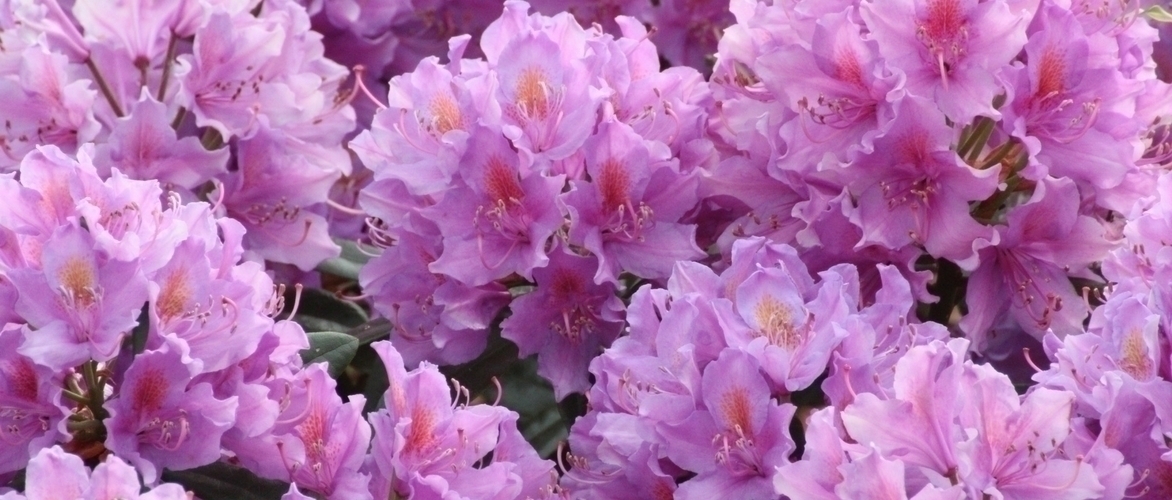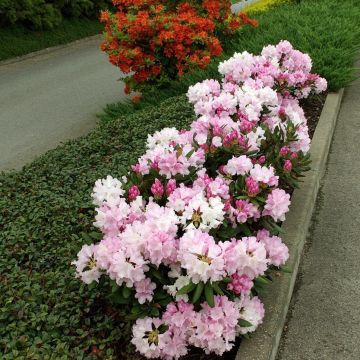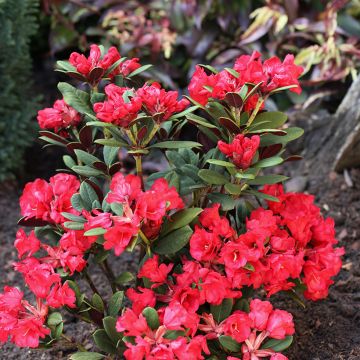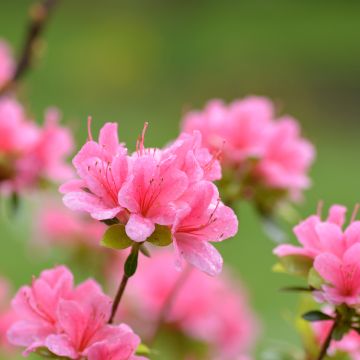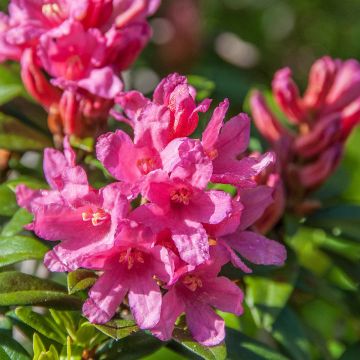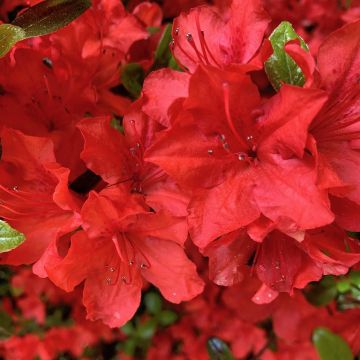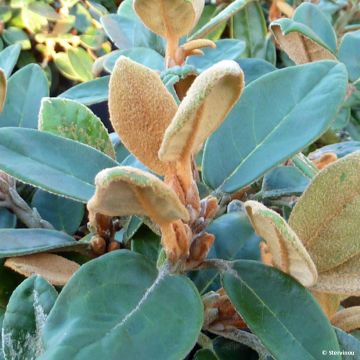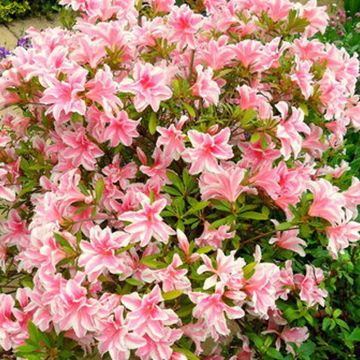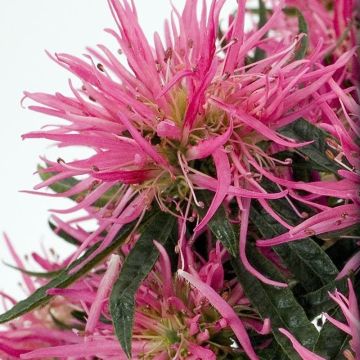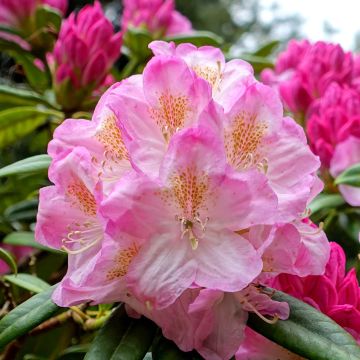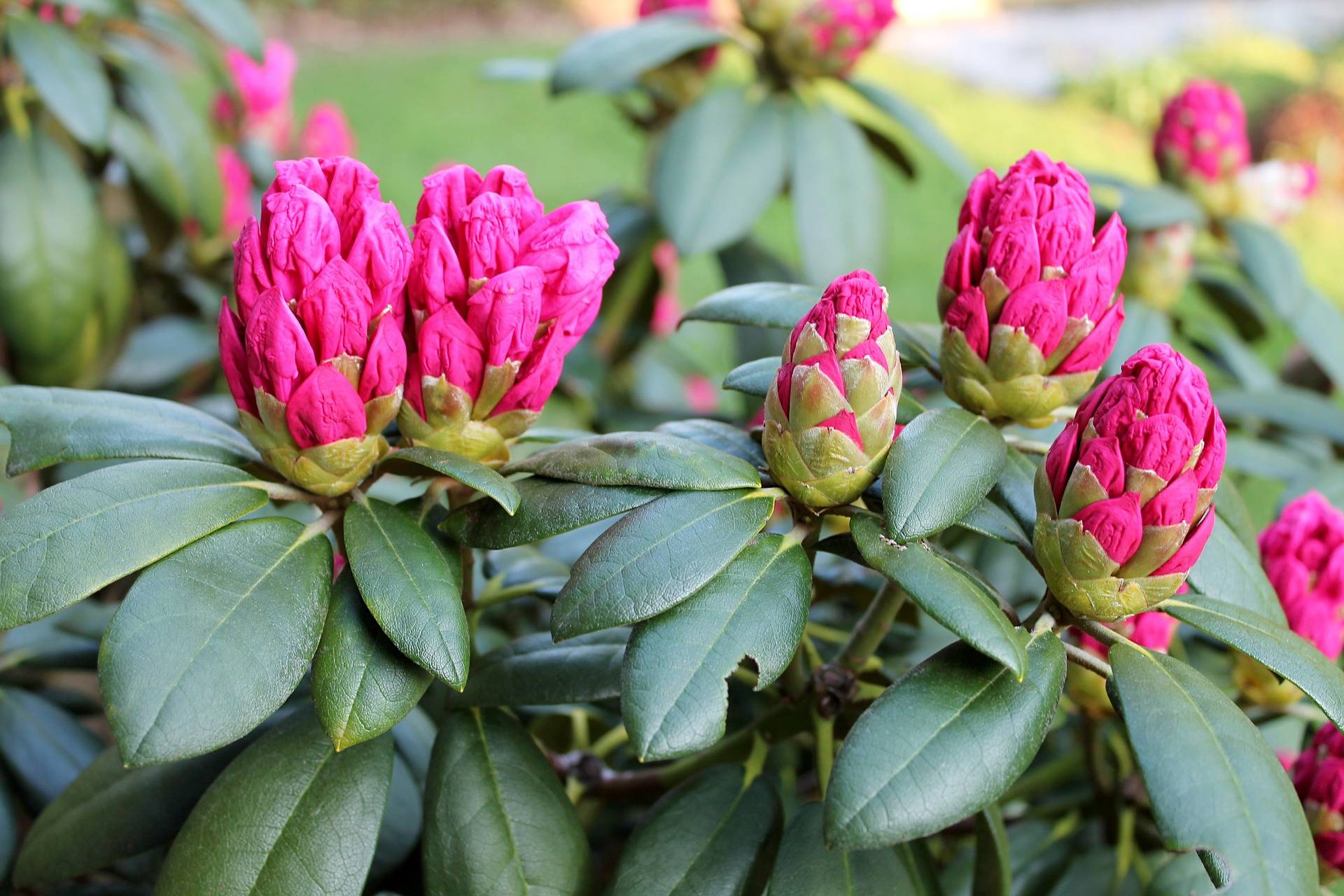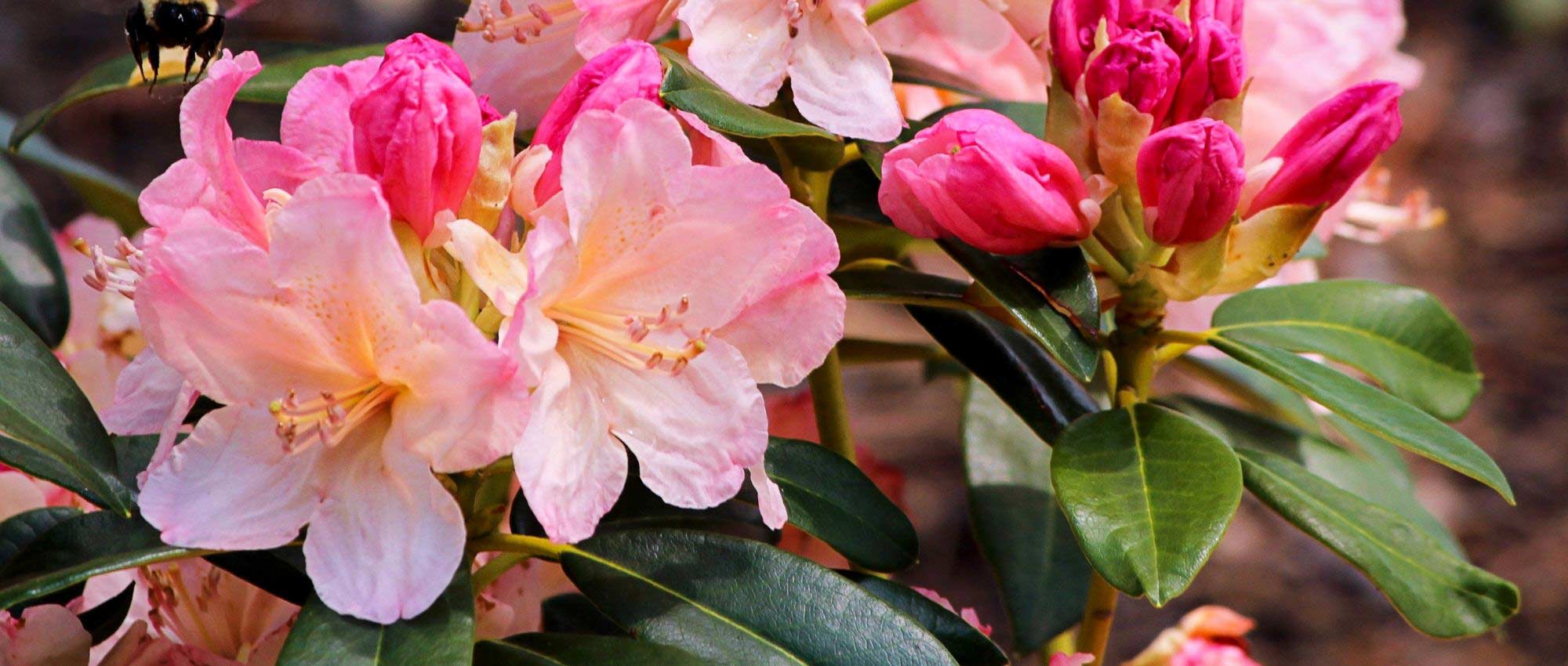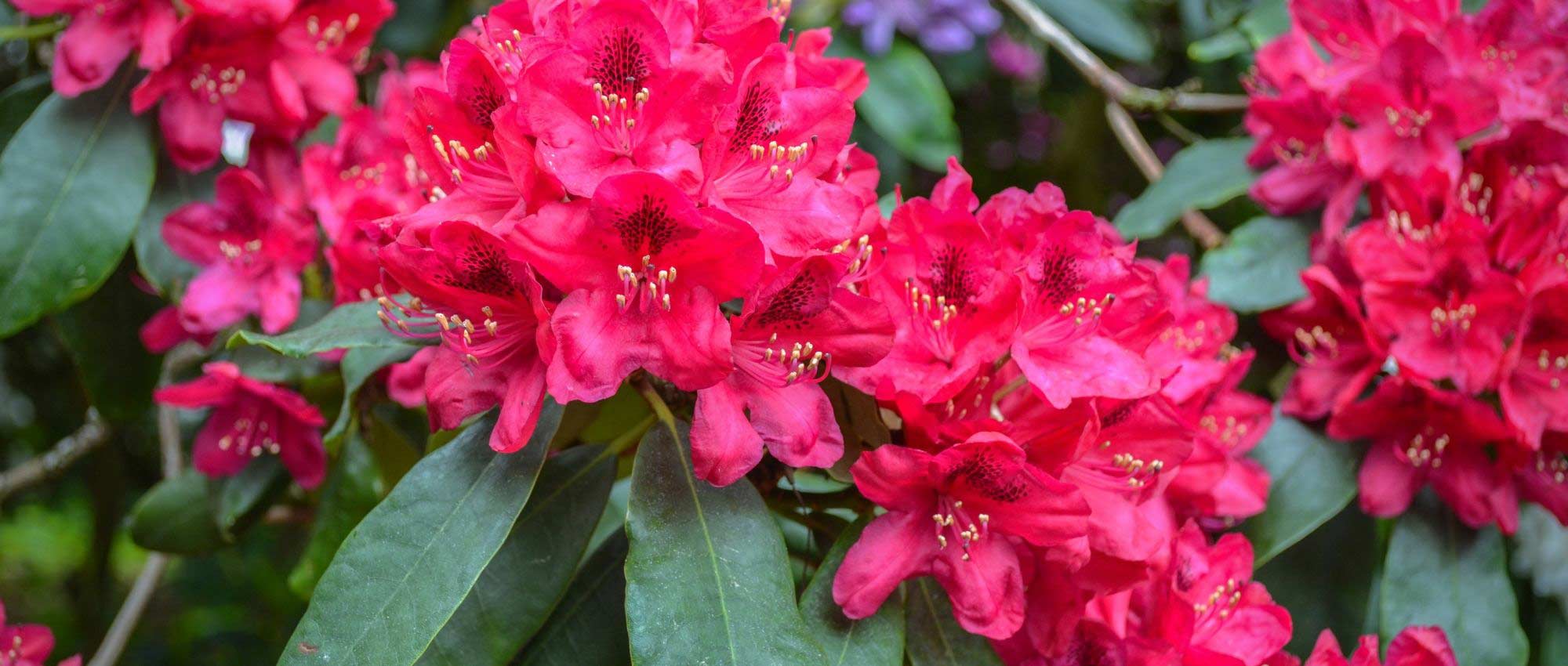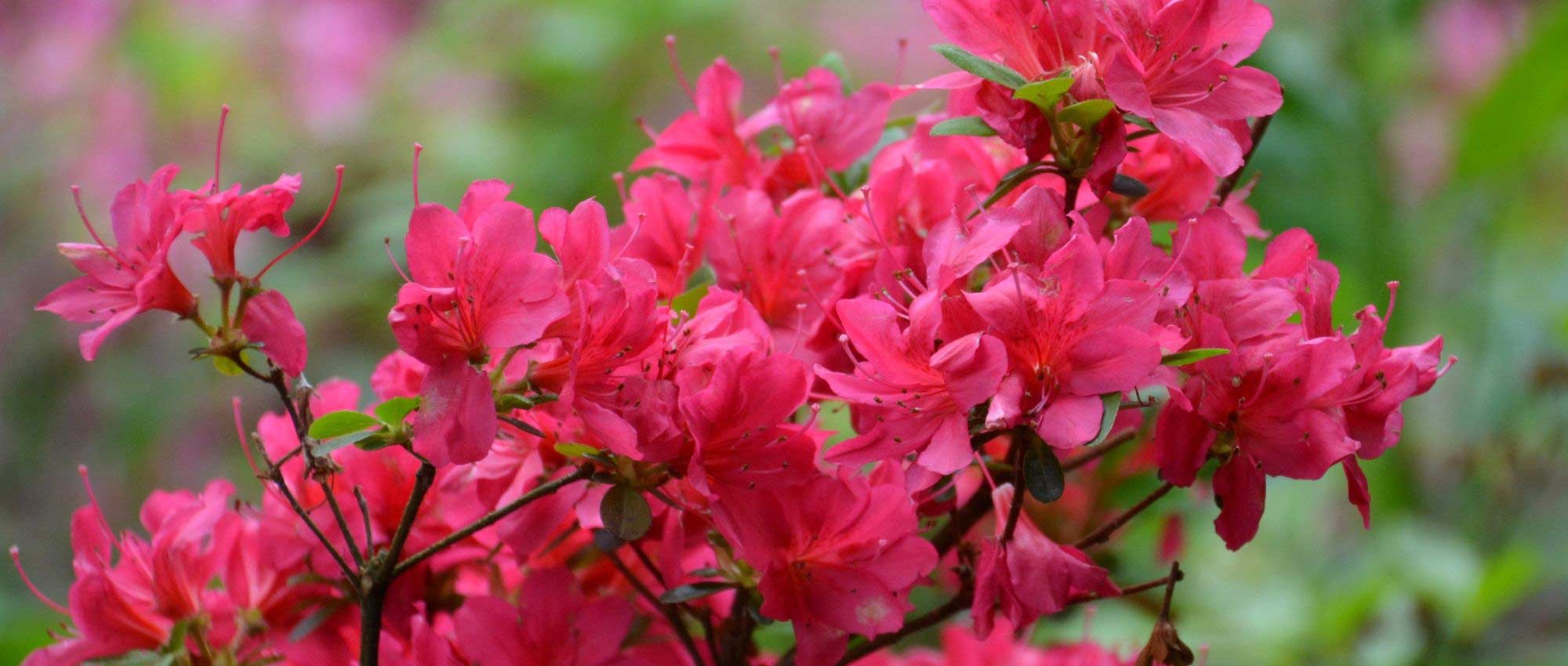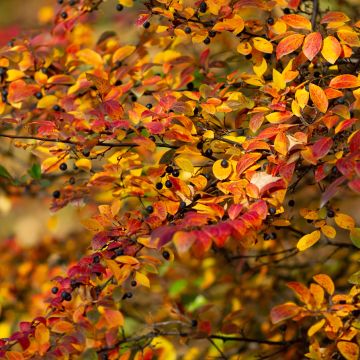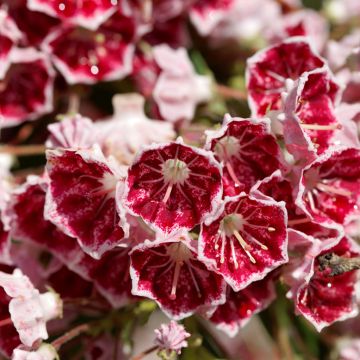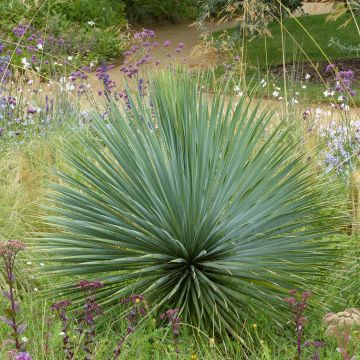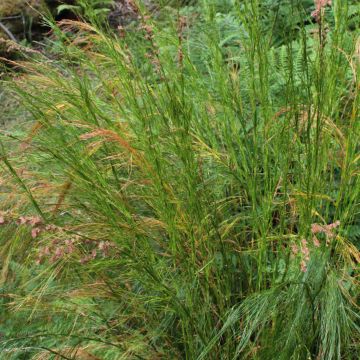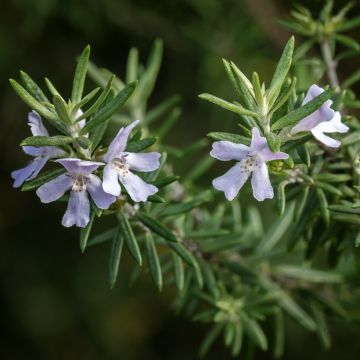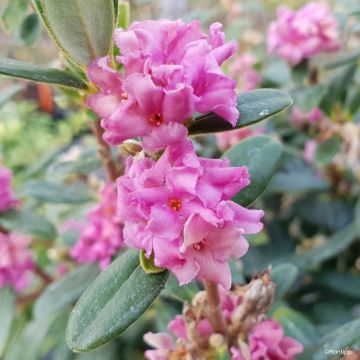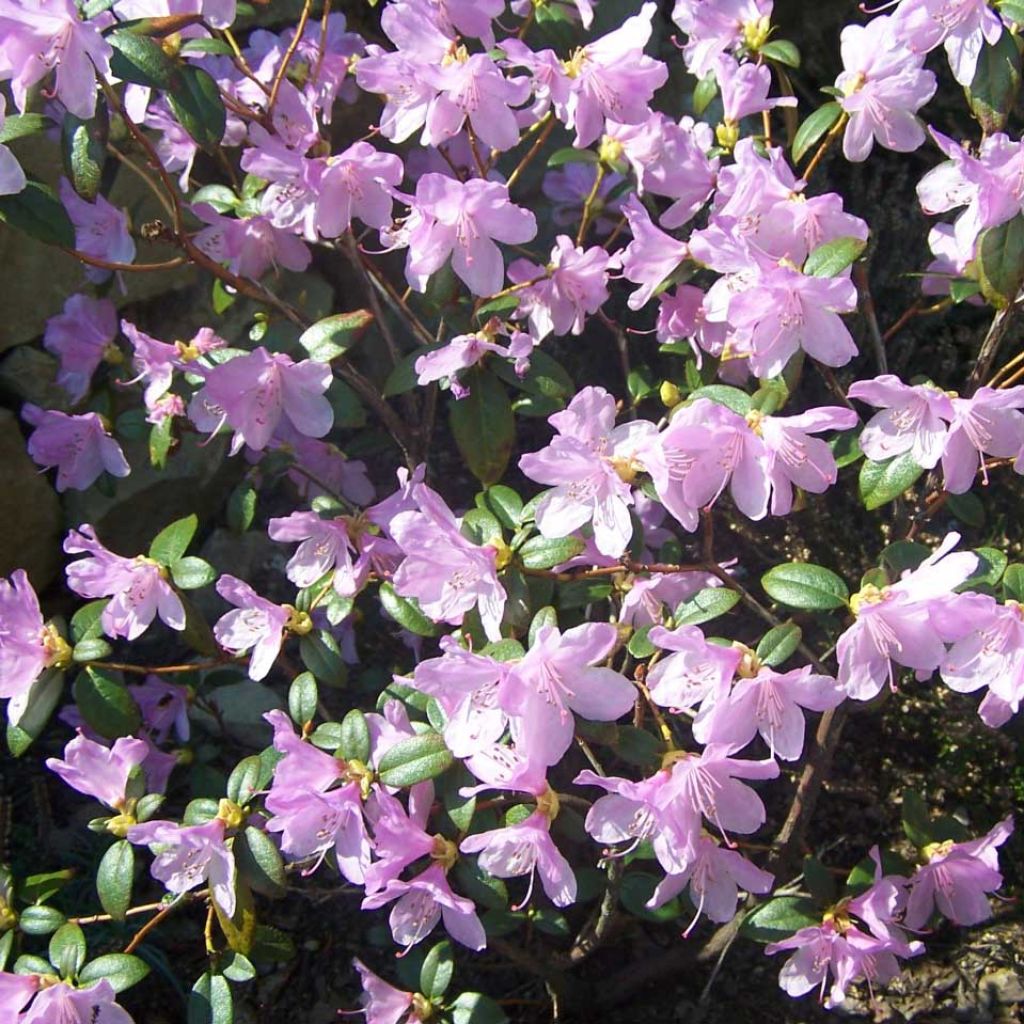

Rhododendron dauricum Praecox
Rhododendron dauricum Praecox
Rhododendron ciliatum x dauricum Praecox
Rhododendron
Special offer!
Receive a €20 voucher for any order over €90 (excluding delivery costs, credit notes, and plastic-free options)!
1- Add your favorite plants to your cart.
2- Once you have reached €90, confirm your order (you can even choose the delivery date!).
3- As soon as your order is shipped, you will receive an email containing your voucher code, valid for 3 months (90 days).
Your voucher is unique and can only be used once, for any order with a minimum value of €20, excluding delivery costs.
Can be combined with other current offers, non-divisible and non-refundable.
Home or relay delivery (depending on size and destination)
Schedule delivery date,
and select date in basket
This plant carries a 24 months recovery warranty
More information
We guarantee the quality of our plants for a full growing cycle, and will replace at our expense any plant that fails to recover under normal climatic and planting conditions.

Would this plant suit my garden?
Set up your Plantfit profile →
Description
Rhododendron 'Praecox' is a dwarf cultivar that owes its success to its particularly early and abundant lavender flowering. Among the first to bloom, it enlivens the garden from the end of winter, accompanying narcissus and oriental hyacinths. Compact and bushy, this adorable evergreen bush carries small clusters of large flowers in a pinkish mauve shade, almost overshadowing its elegant little foliage of beautiful bright green. With its compact growth, generosity, and early flowering, 'Praecox' stands out as one of the most beautiful ericaceous bushes for the terrace or small spaces. Rhododendrons require a light, fresh, limestone-free soil and a humid climate to reach their full potential.
Derived from the cross between Rhododendron ciliatum and R. dauricum, Rhododendron 'Praecox' was awarded an Award of Garden Merit in England by the Royal Horticultural Society (RHS). It belongs to the heath family, almost exclusively confined to acidic soils. It is a small-sized, bushy and highly branched variety, slightly spreading, rarely exceeding 1.20m (3ft 11in) in all directions at maturity. Its growth is slow, so that at the age of 10, it will measure on average 80cm (31.5in) in all directions. The branches bear small persistent, ovate, leathery, aromatic leaves that are dark green and shiny on the upper side, lighter on the reverse. With its dense and harmonious vegetation and elegant foliage, this bush has a real presence in the garden all year round. It stands out from mid-March, sometimes from the end of February in mild climates, with a remarkably generous flowering in bright colours. The funnel-shaped flowers, 4 to 5cm (1.6 to 2in) wide, are grouped in clusters of 3 to 5 at the tips of numerous stems, submerging the vegetation. Starting as pink-violet buds, they open into a lovely pink-mauve tone while they release long pink stamens with white anthers.
This compact bush is ideal as a border plant or in a container, provided it has suitable soil and climate; "rhodos" are as attractive as they are exclusive! Its pink-mauve colour blends well with the pastel tones of hydrangeas (a wide choice, from white to pink, passing through blue), the colourful young shoots of Pieris, as well as a whole range of shades of red-purple and garnet, such as the foliage of Japanese maple 'Atropurpureum' or the flowers of Loropetalum chinense 'Fire Dance'. For a contemporary-inspired scene or a minimalist garden, associate it rather with white flowers and foliage, such as a white Bleeding Heart and the foliage of the copper fern (Dryopteris erythrosora). Mixed with varieties in matching tones, dwarf Rhododendrons also make charming small hedges or large borders at the front of larger shrub beds.
Rhododendron dauricum Praecox in pictures


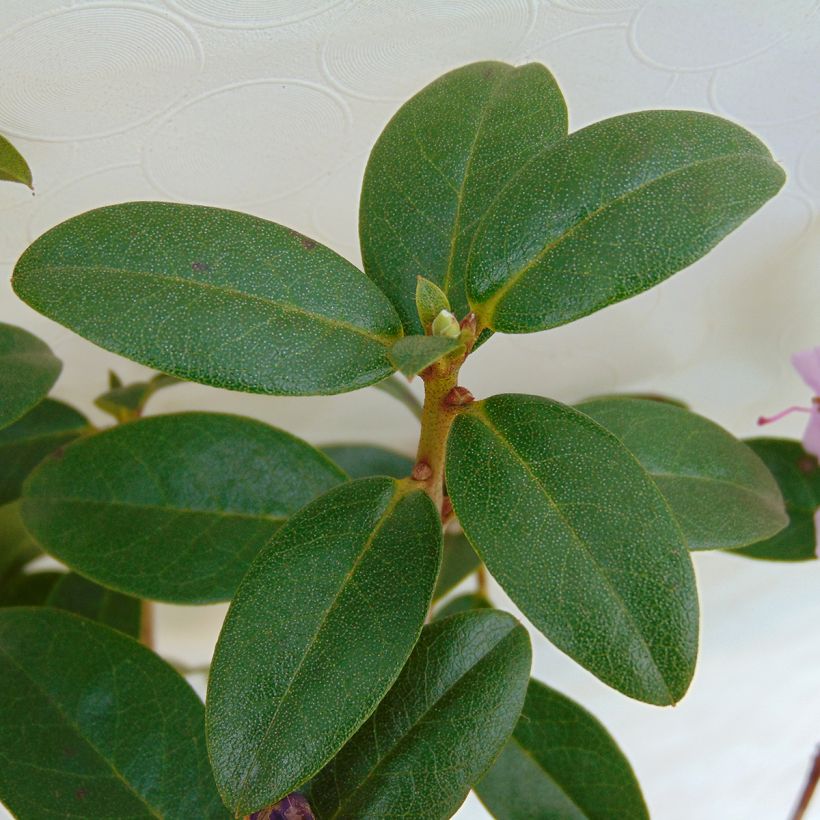

Plant habit
Flowering
Foliage
Botanical data
Rhododendron
ciliatum x dauricum
Praecox
Ericaceae
Rhododendron
Cultivar or hybrid
Other Small Rhododendron
View all →Planting and care
Plant Rhododendron 'Praecox' in partial shade, away from burning rays, protected from cold and drying winds, in a cool, humus-rich and light soil with an acidic tendency. Like all heathland plants, it does not tolerate limestone soils or heavy soils saturated with water in winter. The cultivation of rhododendrons is disappointing in the long term on limestone subsoil, even when providing them with a heathland soil pit, a cultivation often accompanied by watering with also limestone water, which should be avoided.
Dig a hole three times larger than the pot. Soak the root ball in non-limestone water and plant the bush at collar level, in a mixture composed of 1/4 peat, leaf compost, gravel or pumice and loam. Water abundantly and keep the soil moist in summer with mulching. Azaleas and Rhododendrons have a shallow root system. Therefore, they fear long periods of drought, as well as waterlogged and suffocating soils. That's why a humus-enriched soil and abundant watering during dry periods are recommended. Moreover, this root system is not very strong, which is why it is essential to lighten heavy soils with draining materials (gravel, pumice, clay pellets) at planting. Apply a mulch of shredded pine bark around the base of the bush every spring to maintain soil moisture while preserving an acidic pH. Maintenance consists of removing faded flowers in summer and cleaning dead branches.
Azaleas and Rhododendrons can sometimes be attacked by weevils that eat the edges of leaves and rootlets, as well as by the famous "rhododendron beetle" which does not often cause significant damage. Yellowing of the leaves (chlorosis) in Rhododendron indicates poor assimilation of iron in the soil and causes premature plant death. While limestone rising from deep layers of the soil is often the cause, poorly drained soil or a root ball planted too deeply can also explain this phenomenon.
Planting period
Intended location
Care
Planting & care advice
This item has not been reviewed yet - be the first to leave a review about it.
Similar products
Haven't found what you were looking for?
Hardiness is the lowest winter temperature a plant can endure without suffering serious damage or even dying. However, hardiness is affected by location (a sheltered area, such as a patio), protection (winter cover) and soil type (hardiness is improved by well-drained soil).

Photo Sharing Terms & Conditions
In order to encourage gardeners to interact and share their experiences, Promesse de fleurs offers various media enabling content to be uploaded onto its Site - in particular via the ‘Photo sharing’ module.
The User agrees to refrain from:
- Posting any content that is illegal, prejudicial, insulting, racist, inciteful to hatred, revisionist, contrary to public decency, that infringes on privacy or on the privacy rights of third parties, in particular the publicity rights of persons and goods, intellectual property rights, or the right to privacy.
- Submitting content on behalf of a third party;
- Impersonate the identity of a third party and/or publish any personal information about a third party;
In general, the User undertakes to refrain from any unethical behaviour.
All Content (in particular text, comments, files, images, photos, videos, creative works, etc.), which may be subject to property or intellectual property rights, image or other private rights, shall remain the property of the User, subject to the limited rights granted by the terms of the licence granted by Promesse de fleurs as stated below. Users are at liberty to publish or not to publish such Content on the Site, notably via the ‘Photo Sharing’ facility, and accept that this Content shall be made public and freely accessible, notably on the Internet.
Users further acknowledge, undertake to have ,and guarantee that they hold all necessary rights and permissions to publish such material on the Site, in particular with regard to the legislation in force pertaining to any privacy, property, intellectual property, image, or contractual rights, or rights of any other nature. By publishing such Content on the Site, Users acknowledge accepting full liability as publishers of the Content within the meaning of the law, and grant Promesse de fleurs, free of charge, an inclusive, worldwide licence for the said Content for the entire duration of its publication, including all reproduction, representation, up/downloading, displaying, performing, transmission, and storage rights.
Users also grant permission for their name to be linked to the Content and accept that this link may not always be made available.
By engaging in posting material, Users consent to their Content becoming automatically accessible on the Internet, in particular on other sites and/or blogs and/or web pages of the Promesse de fleurs site, including in particular social pages and the Promesse de fleurs catalogue.
Users may secure the removal of entrusted content free of charge by issuing a simple request via our contact form.
The flowering period indicated on our website applies to countries and regions located in USDA zone 8 (France, the United Kingdom, Ireland, the Netherlands, etc.)
It will vary according to where you live:
- In zones 9 to 10 (Italy, Spain, Greece, etc.), flowering will occur about 2 to 4 weeks earlier.
- In zones 6 to 7 (Germany, Poland, Slovenia, and lower mountainous regions), flowering will be delayed by 2 to 3 weeks.
- In zone 5 (Central Europe, Scandinavia), blooming will be delayed by 3 to 5 weeks.
In temperate climates, pruning of spring-flowering shrubs (forsythia, spireas, etc.) should be done just after flowering.
Pruning of summer-flowering shrubs (Indian Lilac, Perovskia, etc.) can be done in winter or spring.
In cold regions as well as with frost-sensitive plants, avoid pruning too early when severe frosts may still occur.
The planting period indicated on our website applies to countries and regions located in USDA zone 8 (France, United Kingdom, Ireland, Netherlands).
It will vary according to where you live:
- In Mediterranean zones (Marseille, Madrid, Milan, etc.), autumn and winter are the best planting periods.
- In continental zones (Strasbourg, Munich, Vienna, etc.), delay planting by 2 to 3 weeks in spring and bring it forward by 2 to 4 weeks in autumn.
- In mountainous regions (the Alps, Pyrenees, Carpathians, etc.), it is best to plant in late spring (May-June) or late summer (August-September).
The harvesting period indicated on our website applies to countries and regions in USDA zone 8 (France, England, Ireland, the Netherlands).
In colder areas (Scandinavia, Poland, Austria...) fruit and vegetable harvests are likely to be delayed by 3-4 weeks.
In warmer areas (Italy, Spain, Greece, etc.), harvesting will probably take place earlier, depending on weather conditions.
The sowing periods indicated on our website apply to countries and regions within USDA Zone 8 (France, UK, Ireland, Netherlands).
In colder areas (Scandinavia, Poland, Austria...), delay any outdoor sowing by 3-4 weeks, or sow under glass.
In warmer climes (Italy, Spain, Greece, etc.), bring outdoor sowing forward by a few weeks.






























